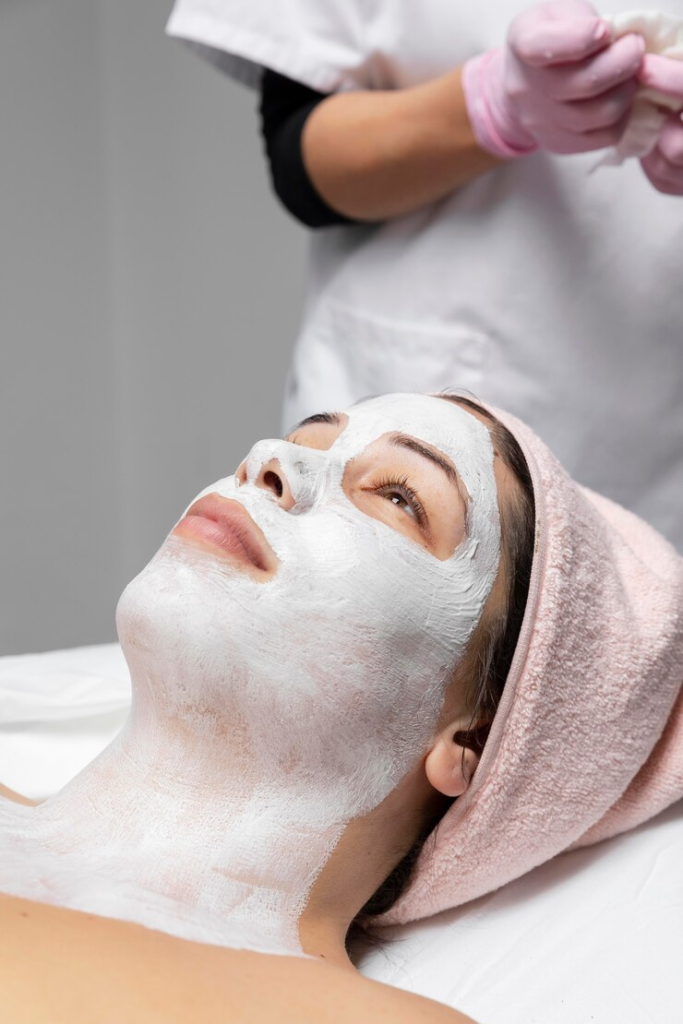Dermatologists, the experts in treating various skin conditions, rely on a wide range of tools to ensure accurate diagnoses and effective treatments. Whether it’s addressing common issues such as acne or performing intricate procedures like skin cancer removal, dermatologists use advanced equipment to provide the best care for their patients. Understanding the different tools dermatologists use can help you appreciate the complexity of their work and the skill involved in delivering personalized treatments. If you’re looking for top-tier dermatology services, Dermatologist Silicon Oasis provides advanced solutions with these essential tools in a state-of-the-art setting.
Diagnostic Tools Used by Dermatologists
Dermatoscope
A dermatoscope is a handheld device that dermatologists use to examine skin lesions in greater detail. This tool allows dermatologists to see patterns in skin lesions that aren’t visible to the naked eye, helping them detect early signs of skin cancer and other skin conditions. The dermatoscope magnifies the skin and uses polarized light to reduce the surface glare, providing a clearer view of skin structure.
Wood’s Lamp
A Wood’s lamp is used to diagnose various skin conditions, such as fungal infections, bacterial infections, and pigmentation disorders. It emits ultraviolet light that causes certain skin conditions to glow under its influence, helping dermatologists identify underlying issues that may not be apparent in normal light. This tool is particularly useful for identifying issues like vitiligo or bacterial skin infections.
Biopsy Tools
When a dermatologist suspects skin cancer or another serious skin condition, they may perform a skin biopsy. For this, a dermatologist uses specialized biopsy tools such as a punch biopsy instrument or a shave biopsy tool. These tools are designed to remove small tissue samples from the skin for lab analysis, helping dermatologists determine whether a lesion is benign or malignant.

Treatment Tools Used by Dermatologists
Laser Devices
Laser technology plays a vital role in modern dermatology. Dermatologists use lasers for a variety of treatments, including skin resurfacing, hair removal, tattoo removal, and the treatment of acne scars. The precision of lasers allows for targeted treatment of skin conditions without causing significant damage to surrounding tissue.
For example, Laser Carbon Peel is a popular procedure to improve skin texture and reduce pigmentation issues. The laser energy helps to exfoliate the skin and stimulate collagen production, resulting in smoother, more youthful skin.
Cryotherapy Equipment
Cryotherapy is a treatment that uses extreme cold to freeze and remove abnormal tissue, such as warts, precancerous lesions, and some skin cancers. Dermatologists use cryotherapy equipment, which includes a cryoprobe or liquid nitrogen, to administer controlled freezing directly to the affected area.
This treatment is effective in removing non-cancerous skin lesions and is often used to treat conditions like actinic keratosis or seborrheic keratosis.
Electrosurgery Tools
Electrosurgery devices are used to treat a variety of skin issues, including the removal of skin tags, moles, and warts. These tools use high-frequency electrical currents to cut through tissue or coagulate blood vessels to minimize bleeding. Electrosurgery is precise, making it ideal for treating delicate areas of the skin.
Cosmetic Treatment Tools Used by Dermatologists
Microneedling Devices
Microneedling is a minimally invasive cosmetic treatment used to treat fine lines, acne scars, and stretch marks. Dermatologists use a dermaroller or a motorized microneedling pen to create tiny punctures in the skin’s surface. This process stimulates the body’s natural healing response, promoting collagen and elastin production for smoother, firmer skin.
Injectable Fillers
Dermatologists also perform aesthetic treatments using injectable fillers to restore volume, smooth wrinkles, and contour facial features. Some popular injectables include hyaluronic acid-based fillers such as Volbella and Juvederm. These tools are designed to be precise and minimally invasive, providing patients with youthful, rejuvenated skin with minimal downtime.
Chemical Peels
A chemical peel is a treatment that involves applying a chemical solution to the skin to exfoliate and remove dead skin cells. Dermatologists use chemical peel solutions of varying strengths, depending on the condition being treated. This tool is effective in treating acne, sun damage, and hyperpigmentation.
Specialized Surgical Tools
Excision Tools
For more complex skin conditions, such as skin cancer, a dermatologist may perform a surgical excision. This involves the complete removal of abnormal tissue or lesions. Specialized excision tools, including scalpels and surgical scissors, are used to carefully remove the affected area while ensuring minimal scarring.
Mohs Surgery Instruments
Mohs micrographic surgery is a precise technique used to remove skin cancer cells while preserving healthy tissue. During this procedure, dermatologists use specialized tools such as a scalpel, a freeze-thaw method, and a microscope to ensure that all cancerous cells are removed and no healthy tissue is lost.
Benefits of These Dermatological Tools
The wide range of tools dermatologists use offers numerous benefits to patients. These tools provide precision, safety, and effectiveness, enabling dermatologists to address both cosmetic and medical skin conditions with the utmost care. By utilizing these advanced tools, dermatologists can deliver personalized treatments that lead to better outcomes, whether the goal is to treat acne, improve skin texture, or remove cancerous cells.
- Precision: Tools like dermatoscopes and lasers allow dermatologists to provide precise treatments, ensuring that the underlying skin condition is addressed without damaging surrounding tissues.
- Minimized Downtime: Treatments such as laser skin resurfacing, injectables, and microneedling have minimal downtime, allowing patients to quickly return to their daily routines.
- Enhanced Accuracy: Tools like biopsy kits and excision devices help dermatologists accurately diagnose and treat skin conditions, leading to quicker recoveries and improved patient satisfaction.
- Customized Treatments: With a wide array of treatment options, dermatologists can tailor their approach based on the patient’s skin type and specific needs.
Conclusion
Dermatologists utilize an extensive range of tools to deliver the highest quality of care, whether they are diagnosing skin conditions, performing cosmetic procedures, or conducting surgeries. From diagnostic devices like the dermatoscope to advanced treatments such as laser therapy and microneedling, these tools enable dermatologists to achieve optimal results with precision and safety.
































